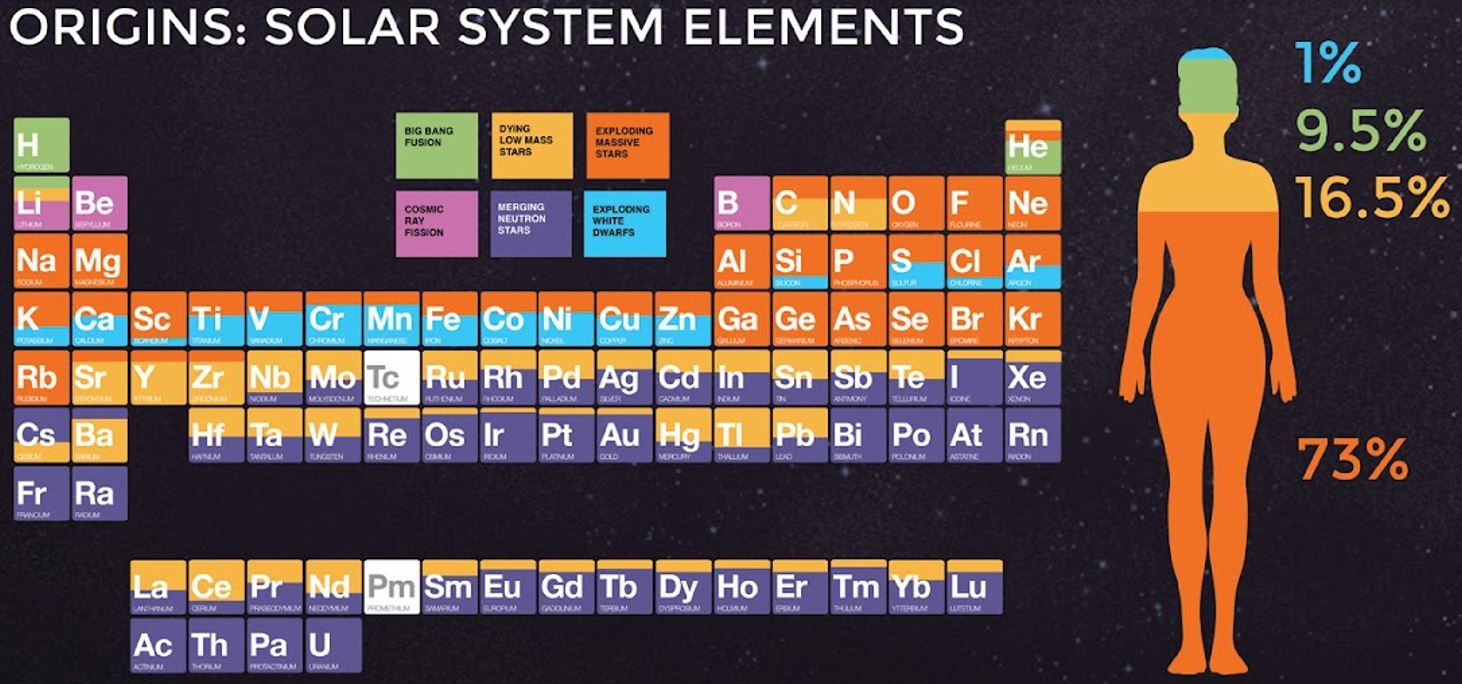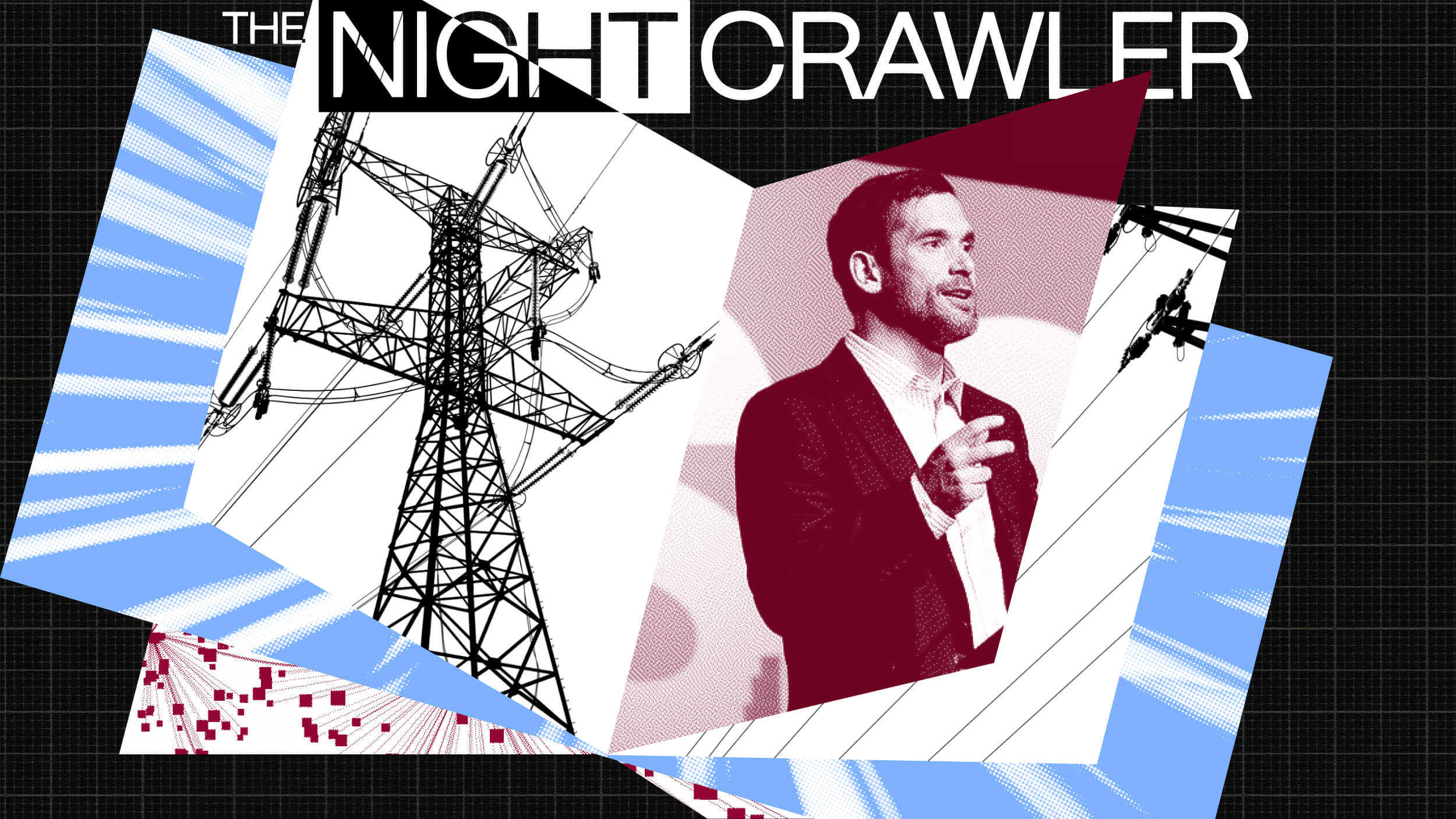Writing is a strange beast. Everyone can do it, but very few can do it well. And those that can do it well often have very little cognizance as to what it is about their process that makes it click — F. Scott Fitzgerald died thinking he was a failure despite writing arguably the greatest book of the 20th century (The Great Gatsby). But author, intellect, and all-around bon vivant Salman Rushdie has a good take on what makes great books work: they capture the moment around the character and incorporate it into the story, which helps drive the story forward. It might not seem to many like a massive change, but Rushdie accurately points out that this is what made Gatsby work so well: the novel’s ability to capture the moment of the Jazz Age. It’s that ability to write layers into the story that separates the wheat from the chaff. If you’d like to read more of Rushdie’s work, his latest work is The Golden House.
Salman Rushdie: First of all I would say that it’s always been the case that there has been two kinds of process, there’s been that instant process where people are trying to make work that has a huge impact at the moment and they don’t give any consideration really to its enduring quality. I think in the world of books there clearly is a sort of a best seller writing, which exists for that quick hit, you know, it exists in order to sell a million copies very quickly and for everybody to read it on the beach that year and then throw it away. I mean that’s a perfectly reasonable way to approach things. But if you do the other thing, which is to hope that people will read your books long after the moment in which they were written then you have to bear in mind certain things that do endure.
One of the things... the thing that endures most of all is human nature. Human nature is a great constant; it’s always the same in every country in every time. The reason why we sitting here in the 21st century in America we can watch a play written by the a 16th century English playwright - William Shakespeare - and it still says something to us... is because what those plays understand and have in common with us is an understanding of how human beings work, what it is that motivates us for good or evil. So I think at the center of the business of creating something enduring is to never lose sight of the human figure at the heart of it, never lose sight of the human scale. The moment you become too grand, too kind of wide angle in your portrayal of the world you lose the sense of that individual in the middle of the crowd. So in a way you always have to know where Waldo is and the crowd has to be about him in the end and it’s his presence that orchestrates and gives meaning to the crowd. So that’s one thing I would say that you really need to have as deep an understanding of human nature as your gift permits.
Beyond that there are things that have caused work to endure. One of the things is if you are able to capture a moment because one of the things that we do as readers is we read the past through its literature. So if we want to know something deep about Napoleon’s Russian campaign, for example, we read War and Peace, which takes us into the reality of that moment in Russia perhaps as no history book can because it takes us into the human experience of it, the lived experience of it. But I think more recently a book like The Kite Runner would be a book that would do that for the lived reality of Kazakhstan, which is something that people see on the news quite often as a place where explosions happen. But what literature can do is take you into the lived experience of that place that makes it valuable for a long time.
In the way that now if we look back at these so-called jazz age it’s very difficult to do that without seeing it at least partially through the eyes of Scott Fitzgerald because he was so skilled at capturing the nuances of that moment, everything from how people dressed and what slang people used to what were the things going on in their heads, so what were the ideas and feelings that were swimming around inside them. Every age has that, every age has a group of things that at any moment that are bugging people and that orchestrating the way in which they think. And if you could capture that moment then that can do two things, it can at the time that you do it can give the reader the pleasure of recognition that the reader reads the book and says oh yeah this is what it’s like. And then say 30, 40, 50 years later people can read the same book and think oh yes this is what it was like. So on the one hand it has an immediate pleasure, the pleasure of recognition, and then later on it has that pleasure of finding that moment captured like captured an aspect available to people in the future.
So I think those are some of the things that if you’re looking for work that lasts that are very important. There is also just the question of language skill. There’s a lot of writing that we still look at because it developed our idea of what the English language could be. That’s also something, of course, that at the time of Shakespeare English was in a very fluid state. Shakespeare himself spelt his name many different ways. There wasn’t even a fixed orthography at that time. But out of that moment of enormously fluid language Shakespeare created, in a way, created English. He created a way of using this language that we all still use. I mean we all use hundreds of expressions out of Shakespeare and most of us don’t even know they come from Shakespeare they’ve just become a part of the English language. So there is that that ability to reimagine the language and by doing that to enrich the language. And that goes along with formal innovation, another thing that makes work last, and this is not just in literature it’s true also in painting, in music and so on is that there are works which make you see the form itself in a new way. In the way, for example, in painting what the impressionists did, which is to try and represent the way in which the human eye actually sees rather than everything being in sharp focus all the time. That’s not how we see. The way we see is we see something in sharp focus and around it there are other things not so much.
So that idea of depicting in oil something closer to the way in which vision happens initially was rejected. In fact when the first impressionist exhibition happened the term impressionism was used as an insult that these painters weren’t really very good at painting they could just give an impression of something. And so to go from that to have those painters as being the bedrock of any great modern art collection shows you how work that was considered to be in a way outrageous at the time in which it was made changes the language, changed the language of art and therefore, of course, has enormous in enduring quality because everything that came after it could not have been like that if it had not been for that moment. So both in terms of language and form the question of radical innovation often is a guide to whether work will endure or not.
And in literature there is the other thing, which is the well told story. I think these days especially perhaps that element of literature is a little under valued, people don’t talk about story as being the thing that drives the work of art. But I’ve always thought that it is that that’s the engine, especially if you’re going to try and write something kind of big and ambitious and if you’re going to build a big car you better put a big engine in it. If you’ve got a big car that’s underpowered it’s not very pleasant to drive and the story it seems to me is the big engine that makes a big book work. And as human beings we have a real narrative program, we like to understand ourselves through stories. So a book that puts story, narrative very much at the heart of what it’s doing is more likely to stick in our heads because we remember a character and what happened to him or her, we care about it. The work makes you care and I think that’s the last thing I would say is the question of affect that you have to - it’s very difficult I think to create long lasting work in which people don’t care about the people in the work. There is a kind of cold writing that sometimes does work that has a kind of power because of it’s unemotionality, but mostly people want an emotional connection with what they’re reading and if they don’t have that it’s less likely that they’re going to remember it.






